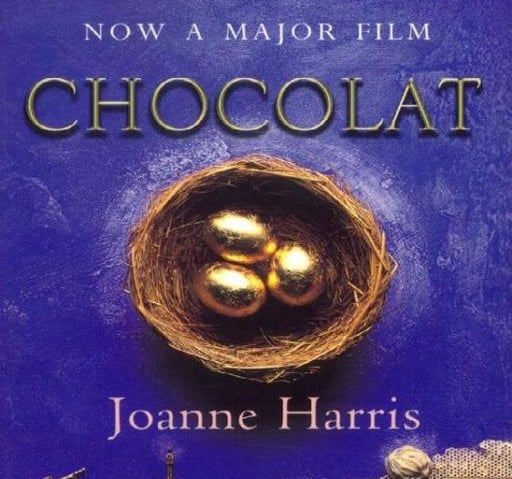A Journey of Temptation and Imagination
Connection between art , Literature and Chocolate
CHOCOLATE IN ART AND LITERATURE


Introduction:
Chocolate is more than just a delightful treat; it's a muse that has inspired countless artists and authors throughout history. Its rich, velvety texture and heavenly taste have found their way into the world of art and literature, weaving tales of temptation, indulgence, and sensuality. In this blog post, we'll explore the captivating presence of chocolate in the realms of creativity and imagination.
Chocolate in Art: a. Still Life Paintings: Chocolate has often been featured in sumptuous still life paintings, where it serves as a symbol of luxury and decadence. Artists like Jean Metzinger and Jean-Baptiste-Siméon Chardin have masterfully depicted chocolate in their works, celebrating its opulence.
b. Chocolate as a Subject: Some artists have chosen chocolate as the main subject of their creations. Salvador Dali's "Chocolate Venus" is a striking example of this, where he blends the sensuality of a woman's form with the allure of chocolate.
c. Chocolate Packaging and Advertising: The visual appeal of chocolate packaging and advertising has played a significant role in making chocolate an art form in itself. Think of the iconic designs of brands like Toblerone or the whimsical illustrations on Willy Wonka's chocolate bars.
Chocolate in Literature: a. Roald Dahl's "Charlie and the Chocolate Factory": Dahl's beloved children's book transports readers to the fantastical world of Willy Wonka's chocolate factory. Chocolate is not only a central theme but a character in itself, serving as a gateway to adventure and wonder.
b. Joanne Harris' "Chocolat": In this novel, chocolate is more than just a sweet; it's a means of healing and transformation. The story revolves around Vianne Rocher, a chocolatier who brings joy and change to a sleepy French village through her confections.
c. Laura Esquivel's "Like Water for Chocolate": This magical realist novel uses chocolate as a metaphor for desire and emotion. The protagonist, Tita, infuses her emotions into the chocolates she creates, leading to bewitching and sometimes catastrophic consequences.
The Symbolism of Chocolate: a. Sensuality and Desire: Chocolate's luxurious texture and taste often symbolize sensuality and desire in literature and art. It can evoke feelings of passion and pleasure, as seen in the romantic scenes of sharing chocolates.
b. Indulgence and Temptation: Chocolate's reputation as an indulgence is well-represented in various works, where characters grapple with their desires and the temptation of indulging in chocolate.
c. Nostalgia and Comfort: Chocolate can also symbolize comfort and nostalgia, bringing back memories of childhood and simpler times.
Conclusion: Chocolate's presence in art and literature is a testament to its enduring allure and cultural significance. Whether it's portrayed as a symbol of indulgence, desire, or transformation, chocolate continues to captivate our imaginations and taste buds. The next time you savour a piece of chocolate, consider the rich tapestry of creativity and emotion that this humble treat has inspired throughout history.
